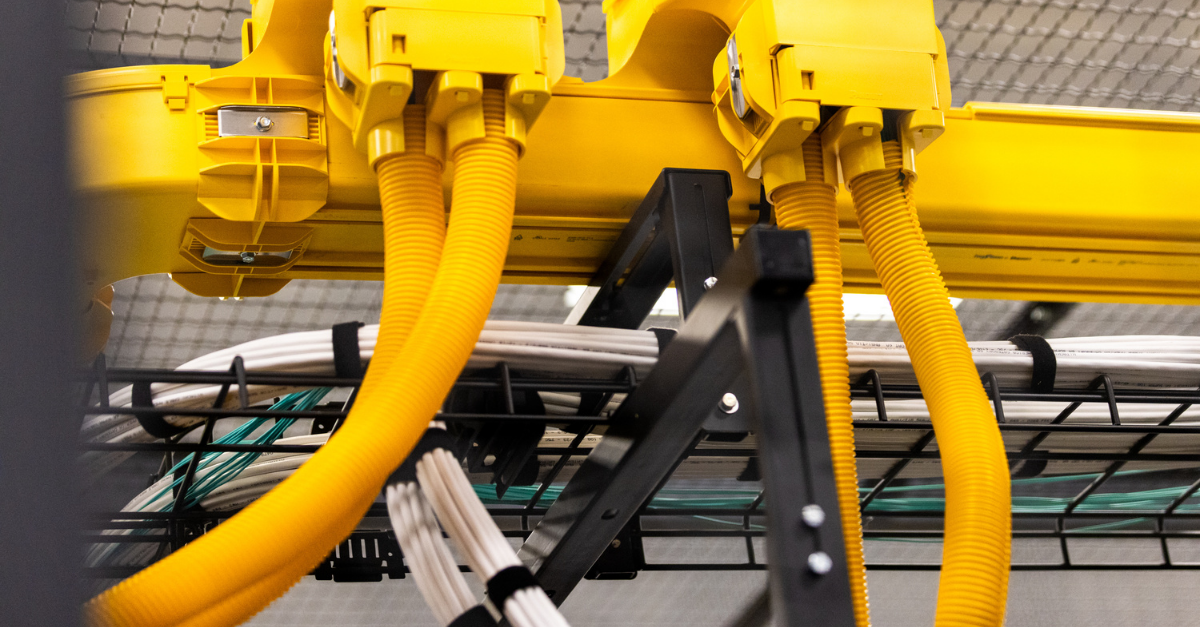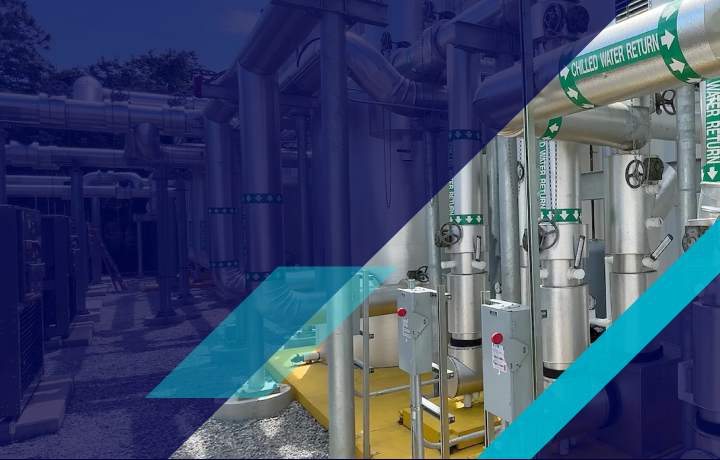4 edge strategies: Business considerations for creating an edge strategy
The well-storied “data deluge” is driving enterprises of all sizes and industries to move critical applications and workloads to the “edge” of their network infrastructure, where data can be acted on immediately.

Driven by the proliferation of 5G, IoT, and AI and a flood of new devices enabling all that connectivity, the global edge computing market is expected to expand at a compound annual growth rate (CAGR) of 37.9% from 2023 to 2030.
Edge computing allows for efficient data processing close to the source, which helps to minimize latency, reduce bandwidth use, and lower costs. Additionally, it enhances compliance, security, and resilience. What's not to like? Almost any industry that can benefit from the timely analysis of IoT data streams should consider developing and implementing an edge strategy for their data infrastructure.
But where does a smart business begin to build and implement an edge strategy? While certain generalities can be made regarding which types of applications and workloads should be processed at the edge vs. centrally, e.g., data storage and analysis, edge computing is not a one-size-fits-all solution. Each organization has its own unique circumstances that will ultimately drive its edge strategy, and working closely with clients is essential to tailor strategies to their specific needs. Additionally, understanding the views and needs of customers is crucial for identifying new growth opportunities and leveraging existing relationships.
Each organization's unique circumstances will ultimately drive its edge strategy, and understanding various target markets within the Information Technology, Telecommunications, and Digital Media sectors is key to maximizing product adoption and reducing customer churn.
Setting an effective and future-proof edge strategy starts with four basic questions that every organization should ask itself:
Understanding the edge strategy landscape
The edge strategy landscape is rapidly evolving, driven by the increasing demand for digital transformation, innovation, and growth. As companies strive to stay competitive, they must develop a comprehensive edge strategy that addresses the complexities of managing multiple edges, ensuring proper connectivity, and reviewing edge security requirements.
In today’s market, companies are challenged with managing a growing number of edges, each with its unique set of requirements and constraints. To effectively navigate this landscape, businesses must adopt a mindset that recognizes the edge as a critical component of their overall strategy. This involves identifying and leveraging opportunities for growth, maximizing yield from existing assets, relationships, and investments, and staying focused on their core business while exploring new opportunities at the edge.
A well-crafted edge strategy enables companies to create a competitive advantage, drive innovation, and deliver exceptional customer experiences. By understanding the edge strategy landscape, businesses can develop a tailored approach that addresses their specific needs, leverages their capabilities, and creates new opportunities for growth and investment.
In the following sections, we will delve deeper into the key components of an effective edge strategy, including defining digital edges, ensuring proper connectivity, reviewing edge security requirements, and leveraging the expertise of digital infrastructure providers. By exploring these topics in-depth, businesses can gain a deeper understanding of the edge strategy landscape and develop a comprehensive approach that drives growth, innovation, and success.
Why does my business need an edge strategy?
Edge computing is extremely versatile and has numerous relevant use cases, but is it right for your enterprise? Do you have latency-sensitive applications or use cases? In industries like healthcare and finance, latency down to the millisecond is everything. The ability to read and update data in real-time by skipping the roundtrip to the cloud can make the difference between life and death or millions of dollars.
For some companies, on the other hand, edge computing is a secondary architecture that’s not mission-critical but does drive revenue. Latency costs money, but speed drives revenue.
The bottom line: Consider your company’s primary goal and value proposition. Is your goal to enhance existing enterprise applications, streamline operations, or create new and uniquely engaging customer experiences? A tailored edge strategy, properly executed, can potentially change your business in a way that delights your users and sets you apart from the competition. Additionally, offering specialized services related to edge computing can maximize customer adoption and address specific needs through targeted strategies and expert support.
What is my business's existing infrastructure for data deployment?
Don’t misunderstand the role of your edge strategy: It’s not about replacing a cloud provider but rather augmenting those capabilities to deliver your company’s desired business outcomes. While edge computing requires an infrastructure with the capacity and bandwidth to ingest, transform, analyze, and act on enormous volumes of data in real-time, it must be integrated into your existing IT architecture and landscape, including the Internet.
The following are four initial infrastructure questions to consider:
- Are you building your own edge?
- Do you currently leverage a cloud-based solution, or do you work with a colocation partner?
- How large and distributed is your edge?
- Will your infrastructure benefit from creating a hybrid edge ecosystem?
What will the future of my organization look like?
Dynamic organizations need to plan ahead when it comes to edge data centers, and comprehensive research is crucial in this strategic planning. Choosing an edge solution that can support expansion is a key decision point to consider. Ask yourself the following questions:
- How will edge computing help you integrate intelligent technologies into your business and deliver new value in a dynamic world?
- What new opportunities will IoT bring, and how will it help you distinguish yourself from your competitors?
- How will your business evolve to meet user demand?
Working with a solution that can support expansion is key. The decision around the edge will depend on your use case and how your business will continue to grow and evolve.
What are my security and compliance needs?
No good edge computing strategy can ignore issues of security and compliance. Just as in cloud computing, an edge strategy must rise to meet the spectrum of security threats, including new ones that are inherent to edge computing. Be sure to work with a service provider that meets industry and government regulations and understands General Data Protection Regulation (GDPR) compliance.(Conducting analysis close to the data's source is often a requirement for complying with the GDPR's strict rules.)
Conclusion
Your ability to deliver real-time value to your end user determines your relevance as a company. Think of edge computing as an “and” with your existing infrastructure and not an “or.” And remember: (1) you don't have to disrupt your core business, and (2) you don't have to go it alone.
Small steps are often better than big leaps, especially when you venture off the beaten path. Develop your vision for the future alongside a qualified partner. And keep developing and refining your strategy as you work toward your goal. Explore Flexential Local Edge Solutions, or contact us to learn more!






